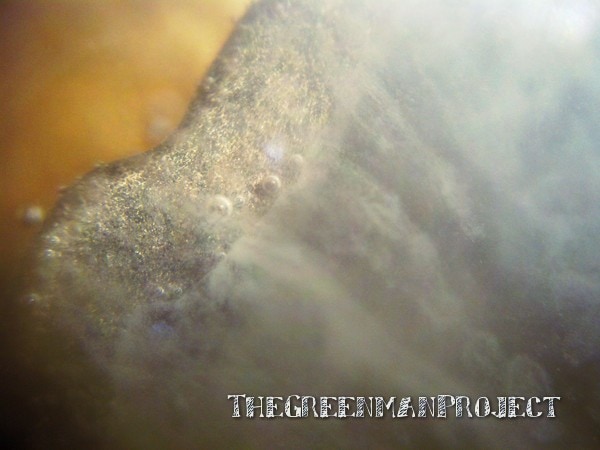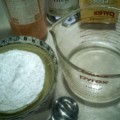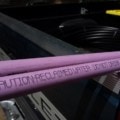I’ve been searching high and low for a way to properly season cast iron. This project has taken me to many web forums, pages, blogs, antique stores etc…
This, I have learned, is a topic of heated debate. In this case as with many things in life, there are many ways to achieve a good result. Sadly there are many more ways to ruin a perfectly good cast iron piece. So the most important take away here should be, do your home work. That being said, I’ll tell you what worked and didn’t work for me on this project.
After using the cast iron pots at Spreadwing farm, and seeing how amazingly non stick they were, I was sold on their technique. One of the interns there, Beck, told me the trick and I’ll share it with you .
But before we can get into seasoning, if your cast iron is not looking good, you need to clean it up to star with a clean slate.
Stripping and Cleaning cast iron:
There are many ways to strip rust and crud from your cast iron. Here are some of the most popular ones I’ve come across.
50/50 White vinegar and water solution:
This is the method I used to clean my cast iron. All you do is submerge it in a half white vinegar, half water mixture anywhere from half to several hours.

Don’t leave them in for much longer than 12 hours or this acidic solution will start to eat up the metal.
Spray on oven cleaner:
This is a spray that is generally lye based (sodium hydroxide). You put the cast iron piece in a bag and coat it with this stuff, leaving it for up to several days. It works but this seems quite toxic and as I am always looking for a more nature based approach, I skipped it.
Lye bath:
Use a solution of about 1 lye to 5 water in a plastic container. Don’t EVER add water to the lye, ONLY add lye to water. The resulting reaction is not something you want to mess with. Let sit for several days and check to see if grime is off. Also just an FYI, lye will not remove rust, just the grime. This would be safer than the oven cleaner method, except you could severely burn your skin and/or end up blind. So… skipping.
Electrolysis:
This is a side project I’d like to try in the future. The basic premise is that you attach your cast iron to the negative side of a battery charger (making it a cathode) and the positive to a “sacrificial” piece of steel (making it an anode). This is dipped into a plastic container full of an electrolyte solution. When the charger is turned on it causes current to flow form the cast iron (cathode) to the steel (anode) and while doing this removes the rust and crud. If I ever find another rusty cast iron piece, this method will be given a shot!
After any of these methods, quickly and thoroughly rinse off any foreign substance with washing soda and dry completely. In this stage the metal is bare and can start to rust immediately, so move on to the seasoning process as quickly as possible.
Follow this link to go to the seasoning part…




